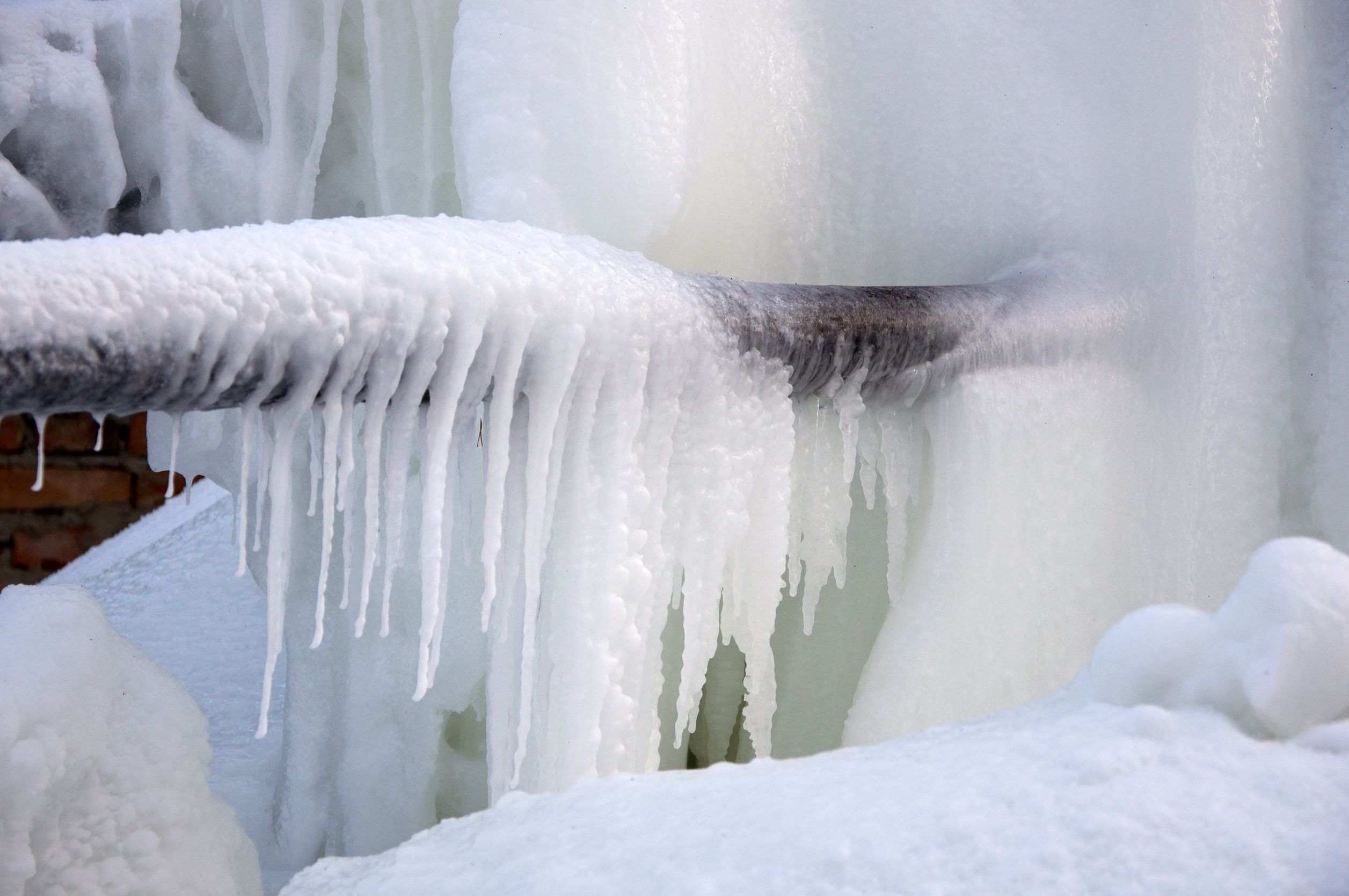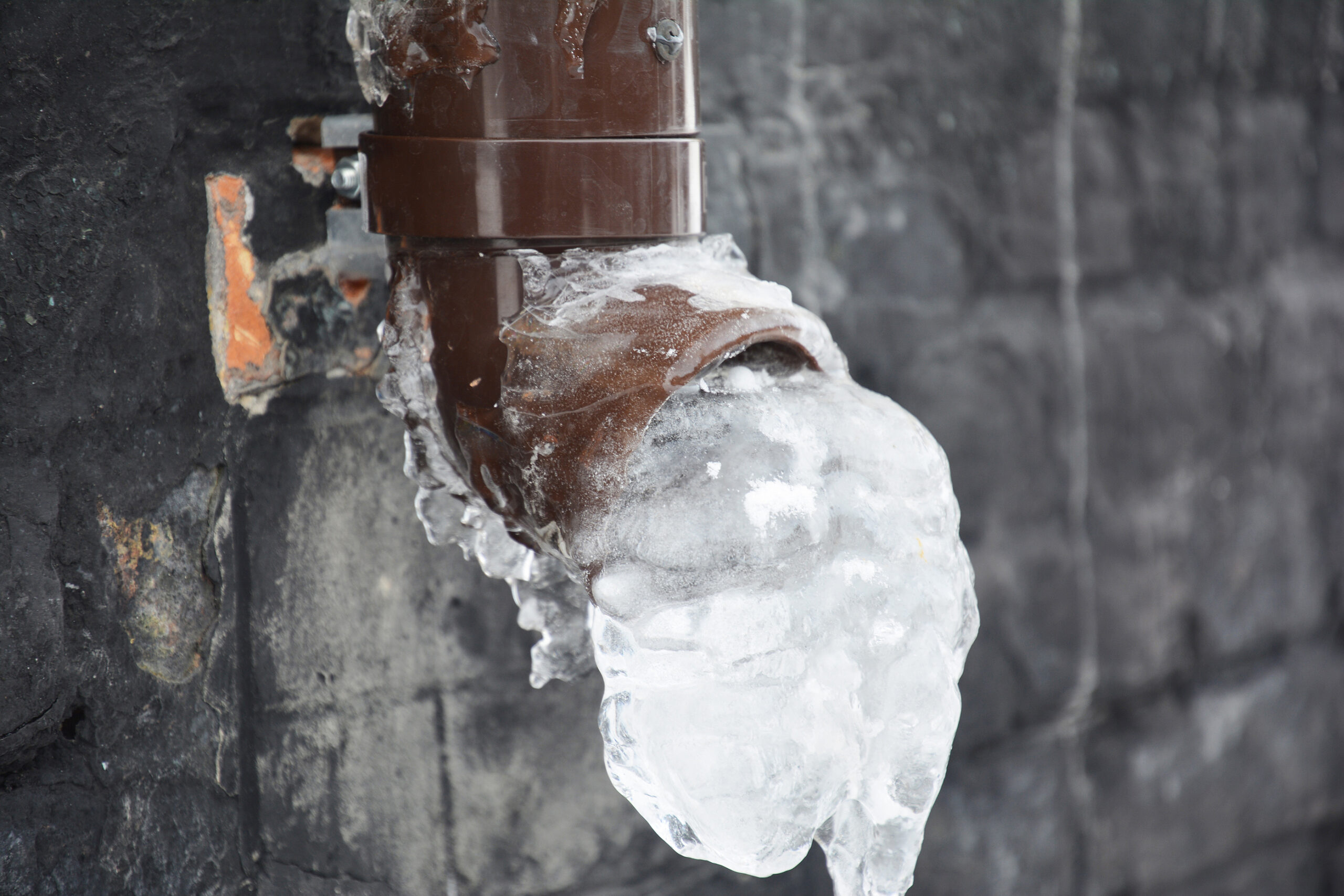Protect Against Frozen Pipes in Winter: Expert Advice
Protect Against Frozen Pipes in Winter: Expert Advice
Blog Article
This great article on the next paragraphs relating to How to prepare your home plumbing for winter weather is rather engaging. Read on and draw your own personal assumptions.

Winter can ruin your plumbing, especially by freezing pipes. Right here's just how to avoid it from occurring and what to do if it does.
Intro
As temperature levels decline, the threat of icy pipelines increases, possibly leading to pricey repairs and water damages. Recognizing just how to stop frozen pipes is vital for house owners in cool climates.
Comprehending Frozen Pipelines
What creates pipes to ice up?
Pipes freeze when revealed to temperature levels below 32 ° F (0 ° C) for prolonged periods. As water inside the pipelines ices up, it increases, taxing the pipeline walls and possibly creating them to rupture.
Threats and problems
Icy pipes can bring about water system disruptions, residential or commercial property damages, and expensive repairs. Burst pipelines can flooding homes and cause comprehensive architectural damages.
Indicators of Frozen Pipeline
Recognizing icy pipelines early can prevent them from bursting.
How to identify frozen pipelines
Look for decreased water circulation from faucets, uncommon smells or sounds from pipelines, and visible frost on subjected pipelines.
Avoidance Tips
Shielding vulnerable pipelines
Cover pipes in insulation sleeves or make use of heat tape to shield them from freezing temperatures. Focus on pipelines in unheated or external areas of the home.
Heating strategies
Maintain interior spaces properly heated up, specifically areas with plumbing. Open cupboard doors to permit cozy air to flow around pipelines under sinks.
Shielding Outdoor Plumbing
Yard hoses and outdoor faucets
Disconnect and drain pipes yard tubes prior to wintertime. Set up frost-proof spigots or cover outdoor taps with insulated caps.
What to Do If Your Pipes Freeze
Immediate activities to take
If you presume frozen pipes, maintain taps open to alleviate stress as the ice thaws. Utilize a hairdryer or towels soaked in warm water to thaw pipes gradually.
Long-Term Solutions
Architectural adjustments
Take into consideration rerouting pipes away from outside walls or unheated locations. Add extra insulation to attic rooms, basements, and crawl spaces.
Updating insulation
Purchase top quality insulation for pipelines, attic rooms, and wall surfaces. Correct insulation assists preserve regular temperatures and minimizes the danger of frozen pipelines.
Final thought
Avoiding icy pipes needs proactive procedures and quick feedbacks. By understanding the causes, indications, and safety nets, homeowners can protect their plumbing during cold weather.
5 Ways to Prevent Frozen Pipes
Drain Outdoor Faucets and Disconnect Hoses
First, close the shut-off valve that controls the flow of water in the pipe to your outdoor faucet. Then, head outside to disconnect and drain your hose and open the outdoor faucet to allow the water to completely drain out of the line. Turn off the faucet when done. Finally, head back to the shut-off valve and drain the remaining water inside the pipe into a bucket or container. Additionally, if you have a home irrigation system, you should consider hiring an expert to clear the system of water each year.
Insulate Pipes
One of the best and most cost-effective methods for preventing frozen water pipes is to wrap your pipes with insulation. This is especially important for areas in your home that aren’t exposed to heat, such as an attic. We suggest using foam sleeves, which can typically be found at your local hardware store.
Keep Heat Running at 65
Your pipes are located inside your walls, and the temperature there is much colder than the rest of the house. To prevent your pipes from freezing, The Insurance Information Institute suggests that you keep your home heated to at least 65 degrees, even when traveling. You may want to invest in smart devices that can keep an eye on the temperature in your home while you’re away.
Leave Water Dripping
Moving water — even a small trickle — can prevent ice from forming inside your pipes. When freezing temps are imminent, start a drip of water from all faucets that serve exposed pipes. Leaving a few faucets running will also help relieve pressure inside the pipes and help prevent a rupture if the water inside freezes.
Open Cupboard Doors
Warm your kitchen and bathroom pipes by opening cupboards and vanities. You should also leave your interior doors ajar to help warm air circulate evenly throughout your home.

I am just very occupied with How To Avoid Freezing Pipes and I hope you enjoyed reading the entire page. Are you aware of somebody else who is curious about the niche? Please feel free to promote it. Many thanks for being here. Kindly check up our site back soon.
Book Now! Report this page